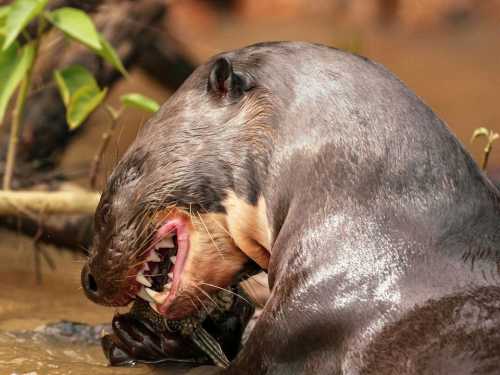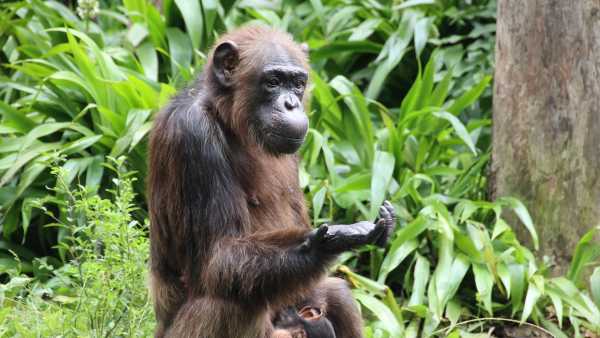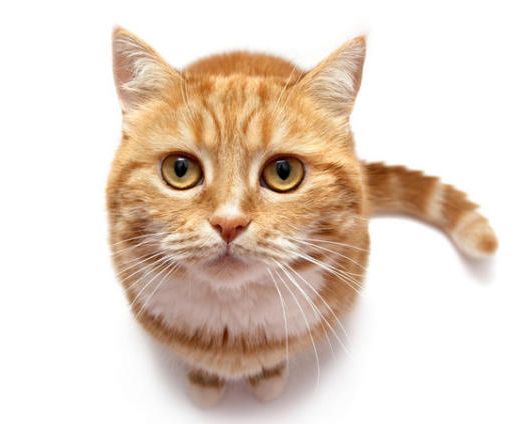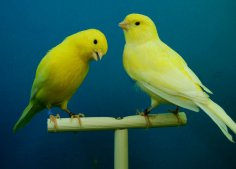
In Brazil, where the rivers are full of water and the jungle hides many secrets, there lives a beast whose dexterity and courage are truly impressive. We are not talking about ancient reptiles or even about jaguars that inspire awe. Everyone knows about them anyway. We will introduce you to the real leader of the Amazon waters – the giant, or Brazilian, otter (Pteronura brasiliensis), whose organization and character can surprise even the most experienced researchers.
A giant beast, as we were able to see, is not called that for nothing. Our guest today is the largest representative of the otter subfamily. The body length of this big guy can reach 1.8 meters. 70 cm of them are occupied by a muscular tail, but this does not change the essence of the matter. The shape of the beast's body is streamlined, so otters perform dizzying maneuvers without any particular difficulties, even despite their size.
I think it won’t be difficult to guess where the Brazilian otter lives. The animal has chosen the Amazon basin and other freshwater bodies of South America. Otters are especially attracted to calm rivers and wetlands, where they can easily find food. The diet of these predators consists of almost everything they can get in the water. In a day, these voracious hunters are able to consume up to 4 kg of food, which is about 10% of their own weight. Thus, otters play the role of key predators, regulating fish populations, in particular piranhas, and maintaining a healthy balance in the ecosystem.
Large prey is taken down in groups. Their strength and organization allow otters to hunt even caimans and small anacondas, especially when they act in groups. These predators are so confident that they can challenge the jaguar, the largest predator on the continent, especially when it comes to protecting their territories or cubs.
Otters live in a large family, a real clan of 10 to 20 individuals. This clan is led by an experienced female matriarch. It is she who leads the household on the hunt and resolves territorial disputes. The male father constantly patrols the borders, marking them and warning relatives of danger. For communication, they use a whole system of sounds: from soothing purring to sharp alarming cries. They equip their home – a den – on the shore, creating complex systems of burrows with several entrances, one of which always leads underwater. If a family member is threatened by something, help will come to him immediately. The animals repel the enemy with the whole family, because, as you know, the best defense is a coordinated attack.
Only the alpha pair, that is, the parents of the family, have the right to reproduce. All other members of the group are their older and younger cubs. Relatives maintain warm relationships: they brush each other's fur, communicate with the help of various sounds and simply spend time playing and caring for each other.
From 1 to 5 cubs are born in a litter. Until the babies grow up, the whole family will vigilantly guard the den. After 3-4 months, the young switch to solid food, and the cub becomes a full-fledged hunter by the age of one year. Here the young and ambitious otter has a choice: to stay with the family or to found its own clan. Choosing adulthood, males and females from different groups go in search of each other. If these searches are unsuccessful, the relatives take the unsuccessful adventurer back.
Unfortunately, today the giant otter is under threat of extinction and is listed in the International Red Book with the status of “Endangered Species”. The main threats to them are the destruction of their habitat due to deforestation and the pollution of rivers with mercury due to gold mining.
Now you know that in South America, it is worth respecting not only caimans and jaguars, but also these amazing otters.





